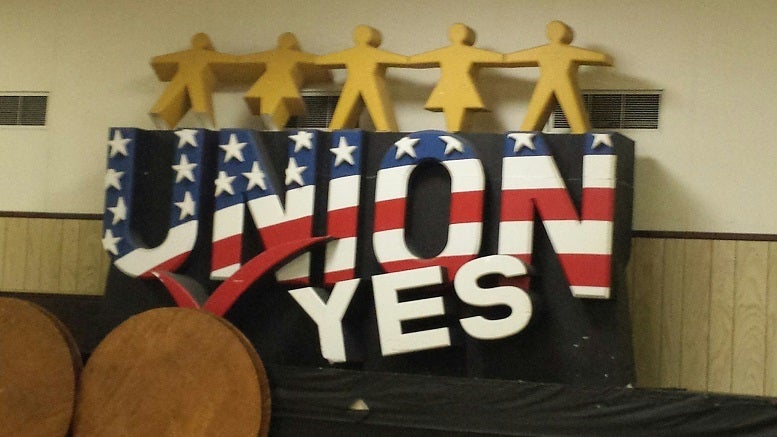News
The Yawning Wage Gap Must Be Closed

Economic injustice was a main motivating issue during the 2020 election cycle that contributed to the victory of President-elect Joe Biden last month. And a new analysis of U.S. earned wages over the past 40 years shows why.
An examination of federal data by the Economic Policy Institute (EPI) shows that income rose for the top 1 percent of earners by 160 percent between 1979 and 2019, compared to only 26 percent for those in the bottom 90 percent of wage earners. Both groups, however, were dwarfed by those in the top 0.1 percent of incomes, who saw their wages skyrocket by 345.2 percent during the same time.
Data shows the increases were fueled by a redistribution of dollars from those making the least to those making the most.
The bottom 90 percent earned 69.8 percent of all earnings in 1979 but only 60.9 percent in 2019, EPI found. In contrast, the top 1 percent nearly doubled its share of earnings from 7.3 percent in 1979 to 13.2 percent in 2019. The growth of wages for the top 0.1 percent is the major dynamic driving the top 1 percent earnings as the top 0.1 percent more than tripled its earnings share from 1.6 percent in 1979 to 5 percent in 2019.
“This unceasing growth of wage inequality that undercuts wage growth for the bottom 90 percent reaffirms the need to place generating robust wage growth for the vast majority and rebuilding worker power at the center of economic policymaking,” EPI’s Lawrence Mishel and Jori Kandra wrote.
It is because of this that the Teamsters spent more than 18 months building their efforts to make sure hardworking Americans got a president that would stand up for them. At the forefront of the issues pushed by the union was collective bargaining, which allows works to come together and negotiate for better wages, benefits and working conditions.
It has been proven time again that when workers join a union, they earn more, are more likely to have health insurance, retirement benefits and paid sick leave. No wonder more Americans have a more positive view of unions now than any time since 2003.
As the nation moves towards 2021, the Teamsters are ready to join with like-minded lawmakers and move an agenda both in Washington and in state capitals across the country that brings dignity and respect to workers and allows them to support their families.
Elections have consequences. The time for inaction is over.